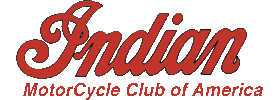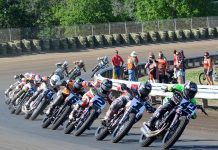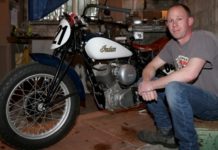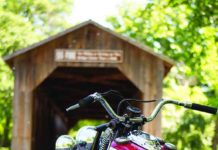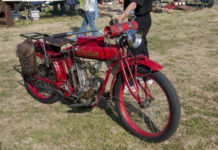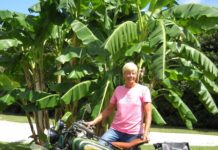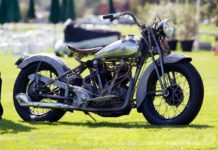Can Harley vs Indian Spark a Flat Track Revival?
In late September of last year Indian rocked the flat track racing world by hiring three of the elite riders in the championship –...
1948 Indian Big Base Scout Restoration
If Invercargill man Hamish Alan idolises anyone, it would be the Indian Wrecking Crew, a group of three motorcycle racing champions who rode their...
Hail to the Indian Chief Motorcycle
This 1948 Indian Chief is one of the most important Indian motorcycles on the planet.
There’s a good chance, many years from now, that history...
Antique Indian Motorcycle Insurance
Indian Motorcycles through the Years
Many people ask us, how do we insure our Vintage Motorcycles. There are several companies that specialize in Vintage Insurance....
Dottie Mattern, Seventy-Year-Old Cancer Survivor, Rides 1936 Indian Scout Coast to Coast
Inspirational Dottie Mattern rides a 1936 Indian Scout motorcycle 4,000 miles coast to coast in her seventies after surviving cancer.
Most people in their seventies...
The Wall of Death
Great short documentary on the Wall of Death - Riding Vintage Indian Motorcycle 101 Scouts!
If you ever get a chance to see the performance,...
Crocker Motorcycles- First Ride Review
When the new Crocker motorcycle was unveiled at the Quail Motorcycle Gathering last May, Michael Schacht, who owns the Crocker name and built that first prototype,...
Crocker Motorcycle Company Resurrected- Quail Motorcycle Gathering
Crocker & Indian Shared a history - Let's read about the revival....
After nearly twelve years of hassles and legal setbacks, a brand-new Crocker Big-Twin...
